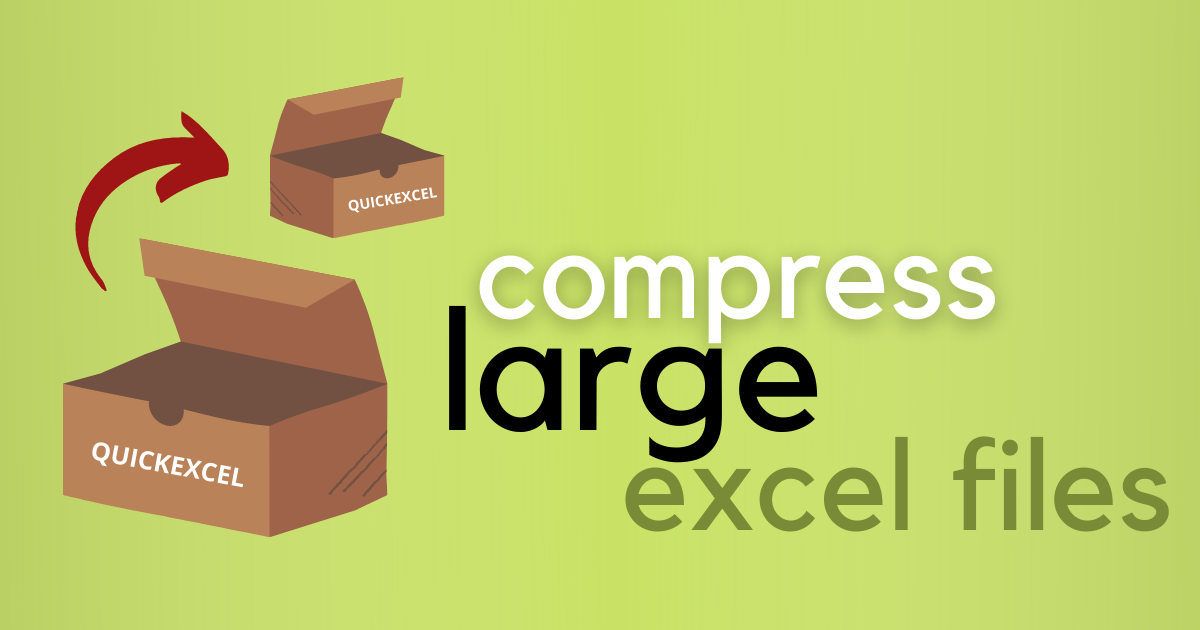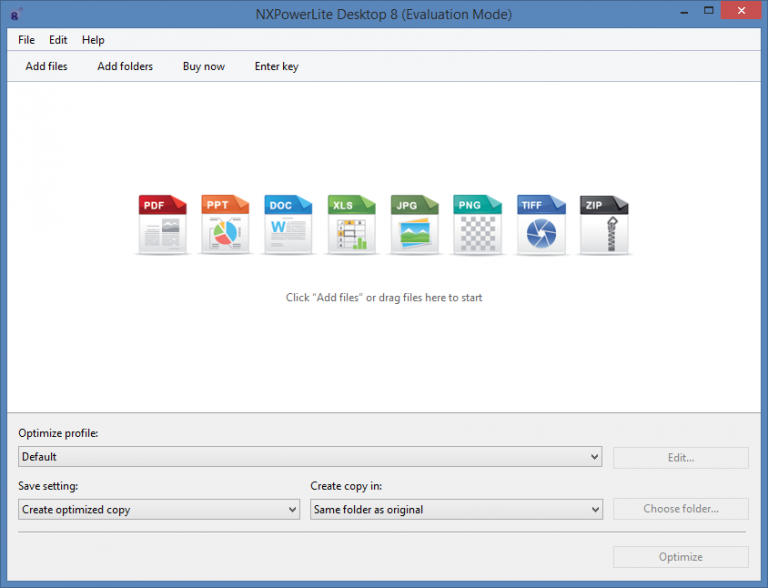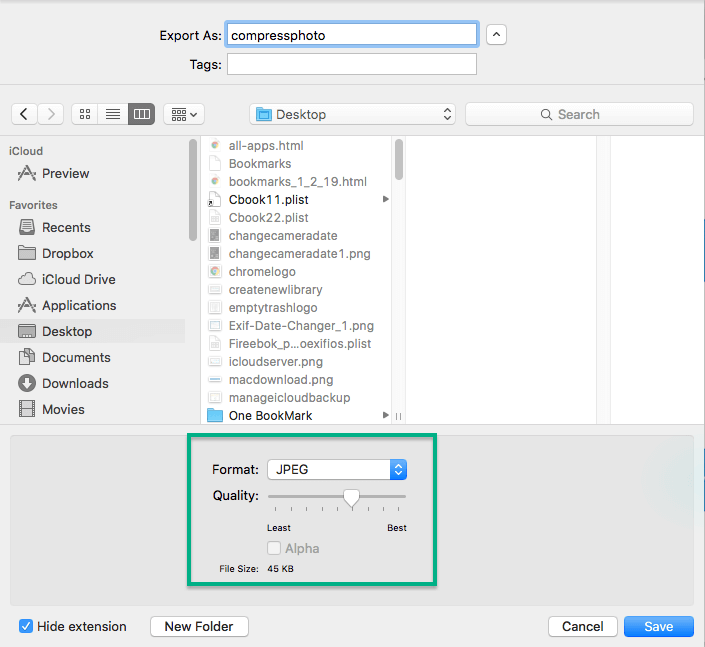
Understanding the basics will give you confidence in being able to decide what format is best in every situation. Just like logo file formats, each image type is used for a specific purpose and has its pros and cons.

The end result? You accidentally export low-quality graphics and slow down your page speed because it’s not the best format available or optimized for the web. Websites need good images if they want to inform, persuade, connect with and sell to their visitors.īUT many website owners still don’t know what image file format to choose or how to optimize it. Not surprisingly, only 7.3% of websites don’t use any visual content at all. Photos, screenshots and animations are often used to enhance the text content on a web page because visuals are highly informative, emotionally appealing and subconsciously communicate messages, brand and aesthetics. We perceive pictures faster than words, so images are scanned first, before the text. We’re visual by nature and visually driven. Using the right file compress program can help enhance the security of your files and help you protect your images.Choosing the best image file format for your website is a big deal because the images on your website play a large part in the visitor’s online experience. Worse, too-large files may not send at all through some strategies. If you regularly share TIFF files with other users, compressing them before sending is one of the most effective ways to ensure that your file sends quickly and efficiently, rather than getting bogged down and slowing your overall network speeds.

Luckily, you can compress them when you need to:įile storage can quickly exceed your available resources, especially if you're using a free online storage option or storing it in a hard drive form.

This means they can quickly take up a great deal of space on your device.

TIFF files are, by their very nature, larger than many other types of files.


 0 kommentar(er)
0 kommentar(er)
